Troubleshooting electromagnetic flow meters can involve a variety of factors, with improper installation being one of the most common causes. The following outlines the types of faults caused by improper installation, along with a case study.
Häufige Probleme bei der Installation:
- Nichtübereinstimmung zwischen dem Durchflussmesser und dem Rohrinnendurchmesser: Wenn ein signifikanter Unterschied zwischen dem Innendurchmesser des Durchflussmessers und der Anschlussleitung besteht (gemäß ISO 9141:1991 sollte der Rohrdurchmesser nicht kleiner sein als der Innendurchmesser des Durchflussmessers und 3% des Innendurchmessers nicht überschreiten, sofern vom Hersteller nicht anders empfohlen).
- In den Strömungsweg ragende Dichtung: Wenn die Dichtung beim Anschluss des Durchflussmessers an die Rohrleitung in den Durchflussweg ragt, kann sie die Durchflussmessung behindern.
- Störung der Strömung durch vorgeschaltete Armaturen: Eine unregelmäßige oder verwirbelte Strömung, die durch vorgelagerte Armaturen oder eine unzureichende gerade Rohrlänge vor dem Durchflussmesser verursacht wird, kann die Verteilung der Strömungsgeschwindigkeit erheblich verzerren.
Diese Installationsprobleme können zu Messabweichungen und in einigen Fällen zu Leistungsschwankungen oder Instabilität führen.
Fallstudie:
In einer Wasseraufbereitungsanlage in Shanghai wurden zwei in Reihe geschaltete magnetisch-induktive Durchflussmesser DN400 zur Messung von Fertigwasser in zwei Rohrleitungen eingesetzt. Der erste Durchflussmesser befand sich etwa 5 Meter stromabwärts von einer vollständig geöffneten Absperrklappe, der zweite Durchflussmesser etwa 2,5 Meter weiter stromabwärts. Der stromaufwärts gelegene gerade Rohrabschnitt war etwas zu kurz. Nach der Inbetriebnahme im Jahr 1997 wurde eine Diskrepanz von 15% zwischen den Messwerten der beiden Durchflussmesser an einer Rohrleitung festgestellt. Sechs Monate später verringerte sich die Diskrepanz leicht auf 10%. Trotz umfassender Inspektionen und Analysen konnte die Ursache des Fehlers nicht ermittelt werden, und das Problem blieb ungelöst.
Erst Ende 1998 wurde der Durchflussmesser entfernt, es wurde festgestellt, dass große Stücke der Zementauskleidung in der Einlassleitung abgefallen sind und sich bis zu 300-350 mm hoch angesammelt haben. Diese Ablagerungen führten zu einer starken Verzerrung der Strömungsgeschwindigkeitsverteilung im Durchflussmesser, wobei ein Hindernis im unteren Teil des Rohrs etwa 0,25 D des Durchflussquerschnitts blockierte. Nachdem das Hindernis beseitigt war, kehrte die Messung in den Normalzustand zurück. Die Verringerung der Diskrepanz von 15% auf 10% lässt sich durch die anfängliche Höhe der angesammelten Ablagerungen von mehr als 300-350 mm erklären, die im Laufe der Zeit durch den Spüleffekt des Durchflusses abnahm, was zu einer geringeren Diskrepanz führte.
Schlussfolgerung:
Beim Einbau von Durchflussmessern ist unbedingt darauf zu achten, dass der Rohrdurchmesser mit dem Innendurchmesser des Durchflussmessers übereinstimmt, dass der Durchflussweg nicht durch Dichtungen beeinträchtigt wird und dass der gerade Rohrabschnitt eine ausreichende Länge aufweist. Bei Durchflussmessern mit großem Durchmesser sollte die interne Inspektion der Rohrleitung erst nach dem Stoppen des Durchflusses durchgeführt werden. Dieses Verfahren wird in der Regel als letztes Mittel durchgeführt, nachdem andere mögliche Fehler ausgeschlossen wurden.

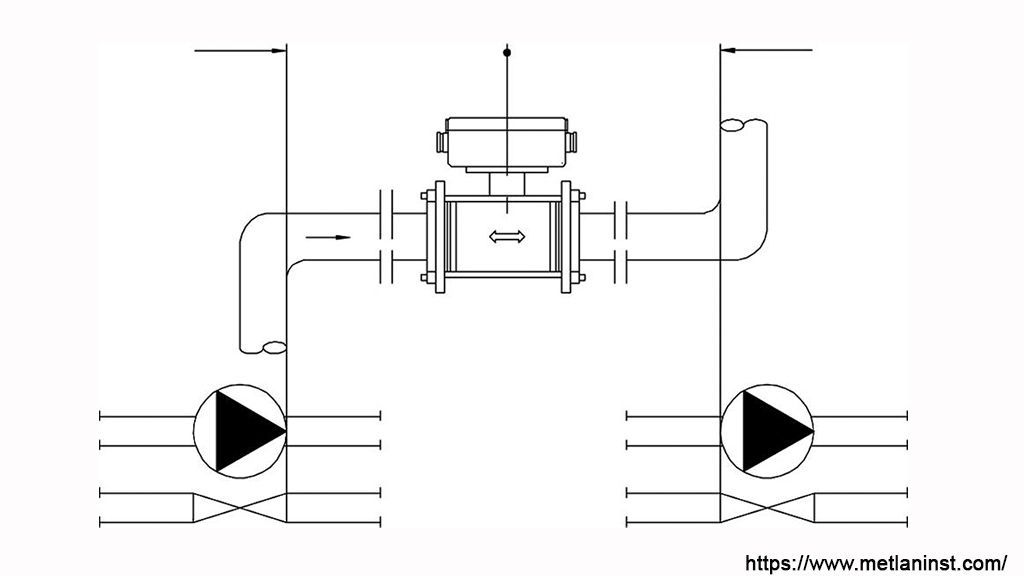
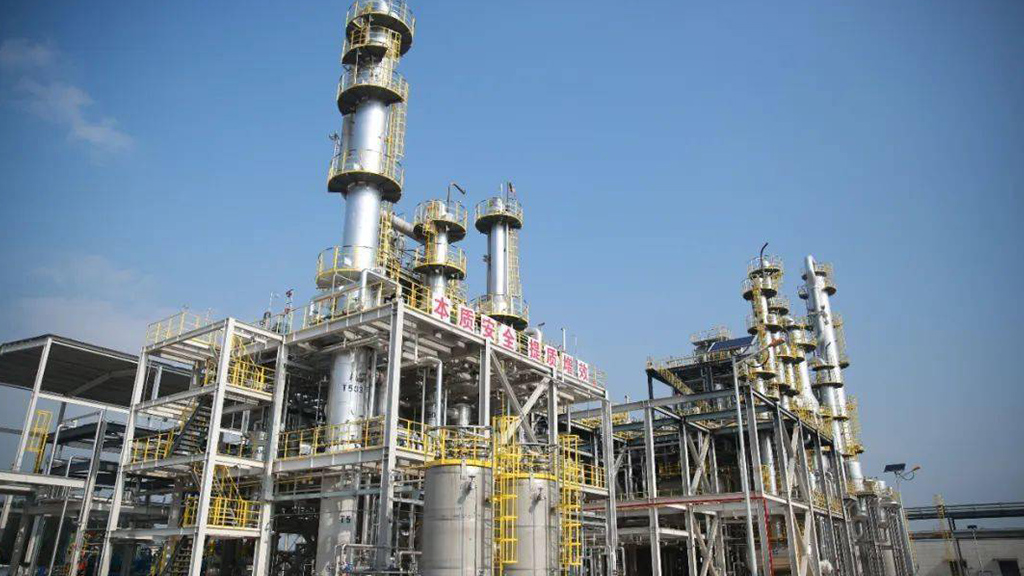
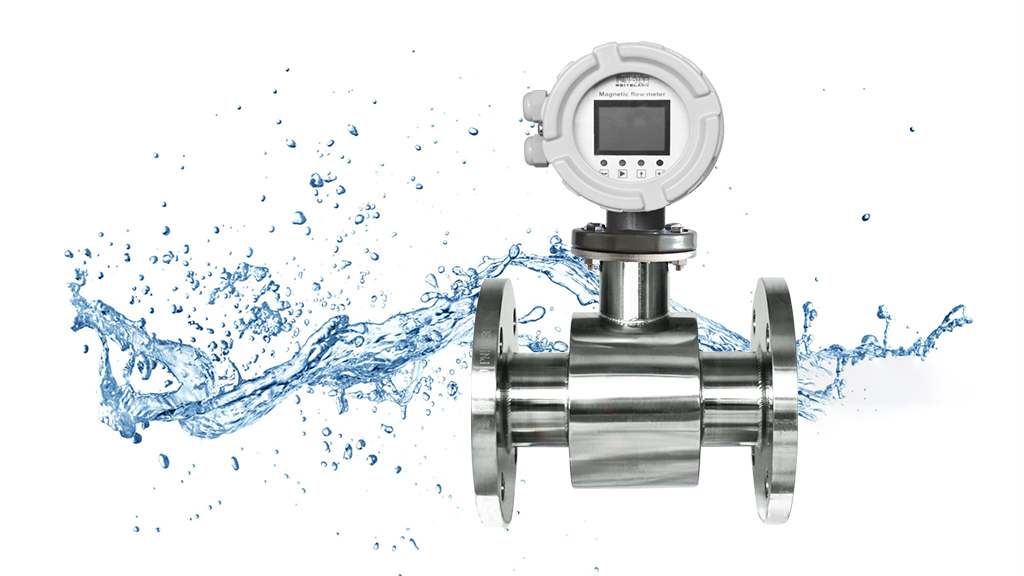
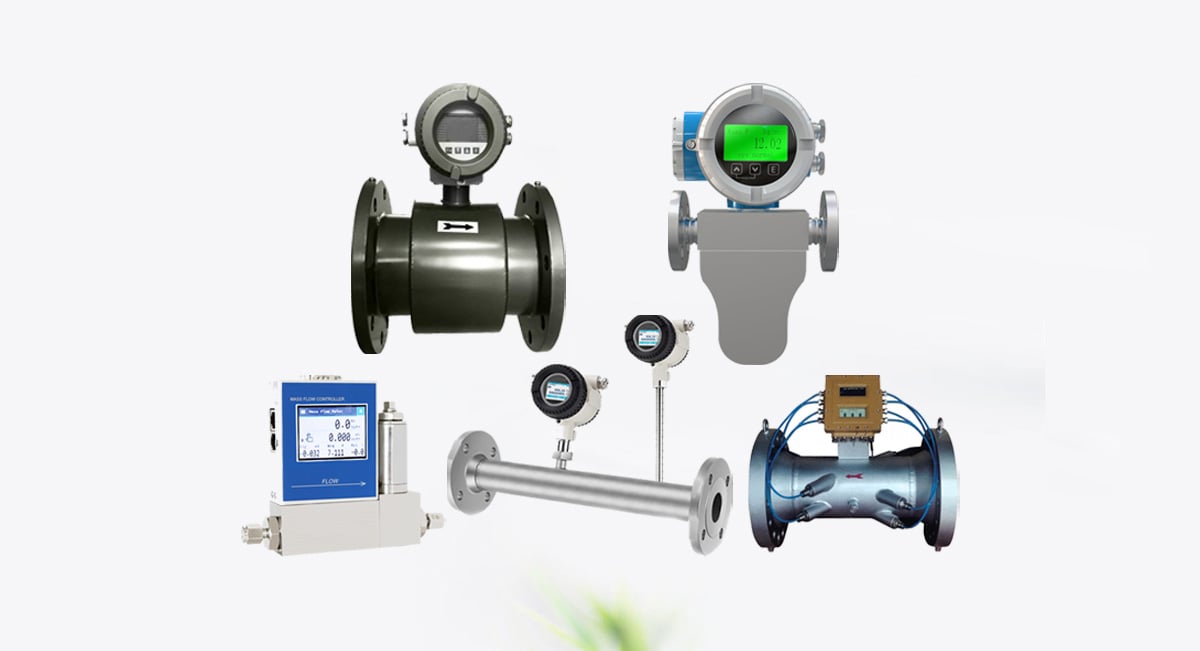
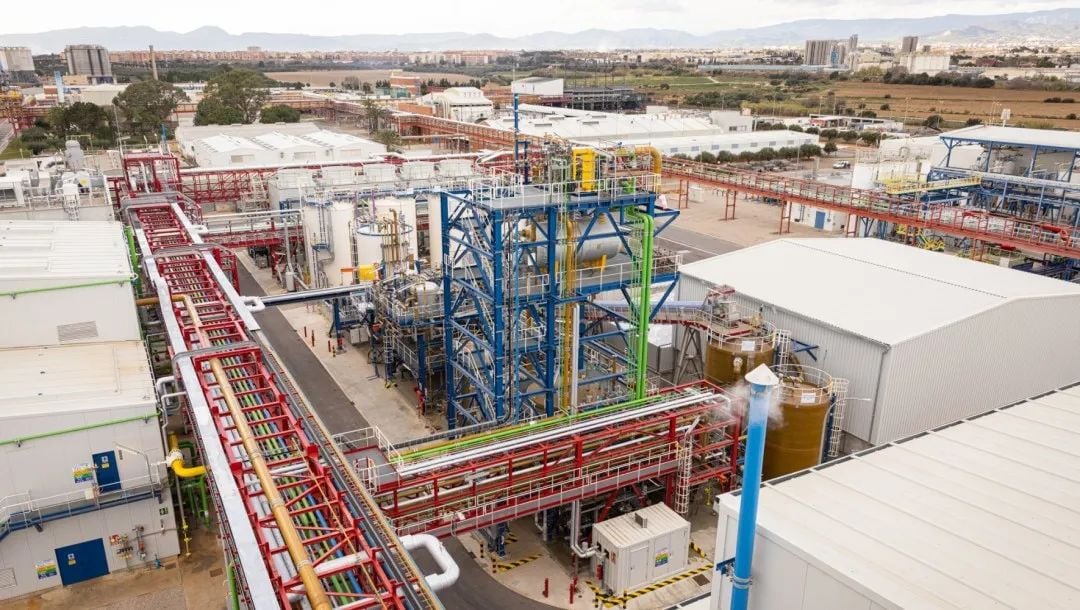
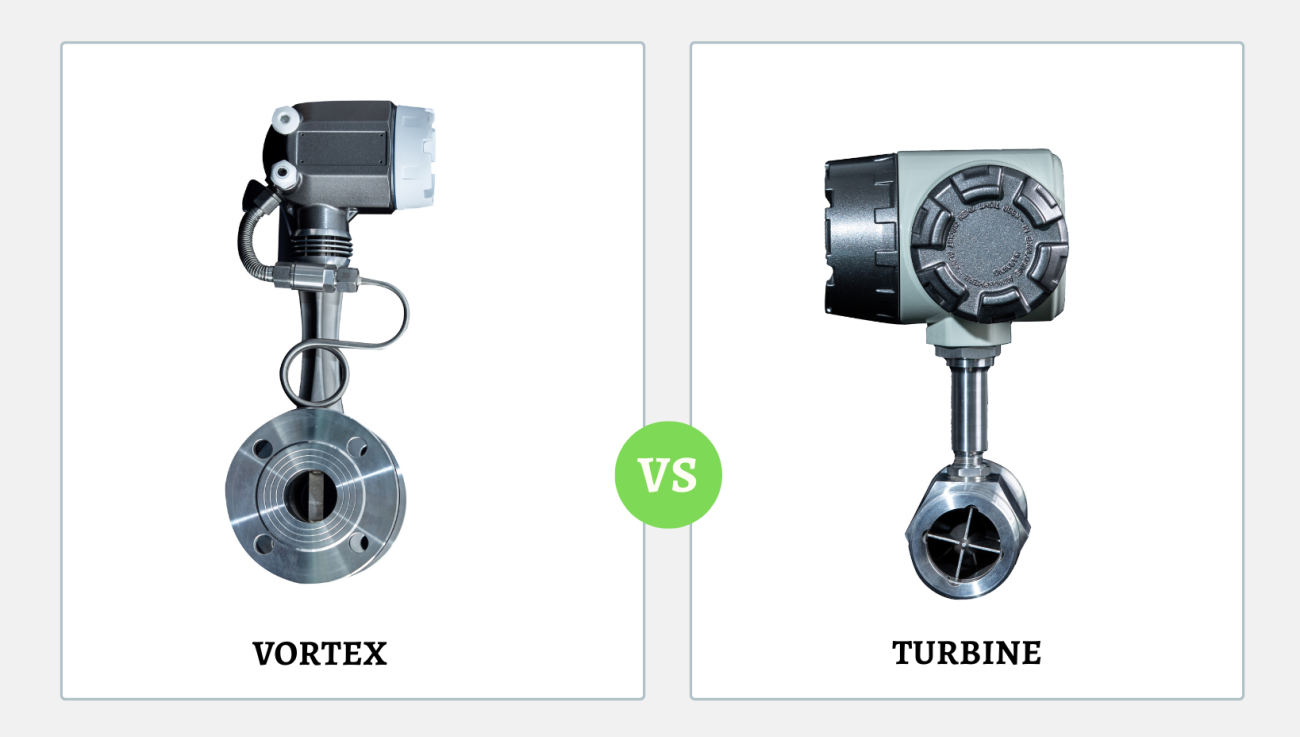
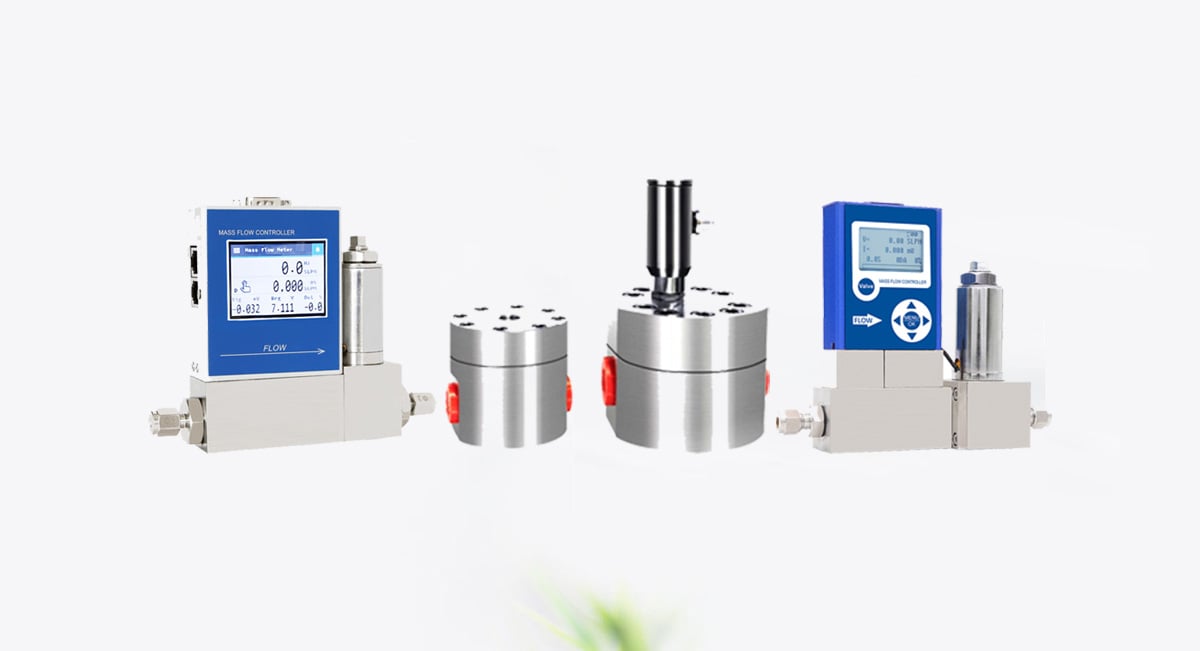

Hinterlassen Sie einen Kommentar